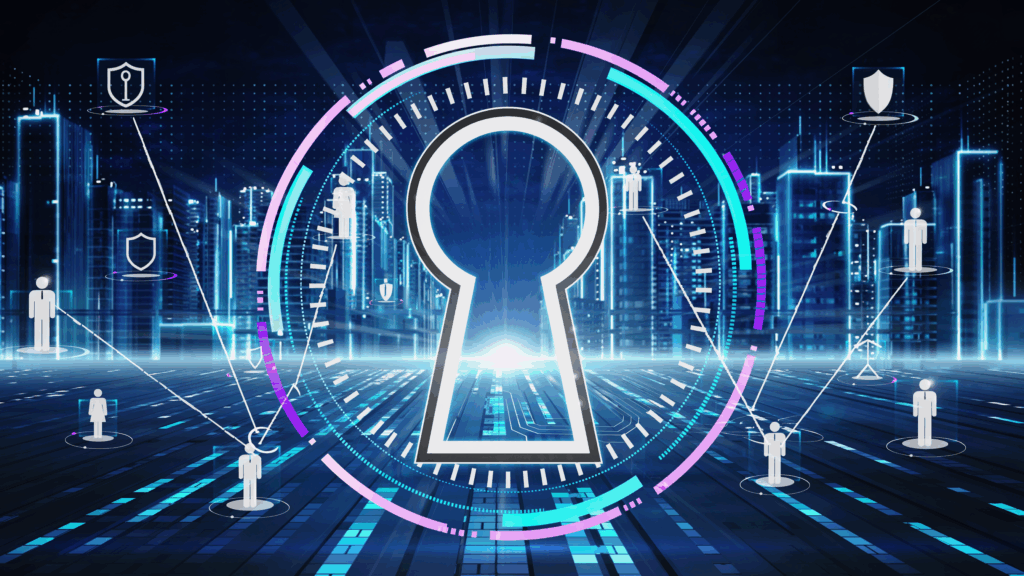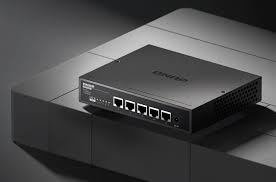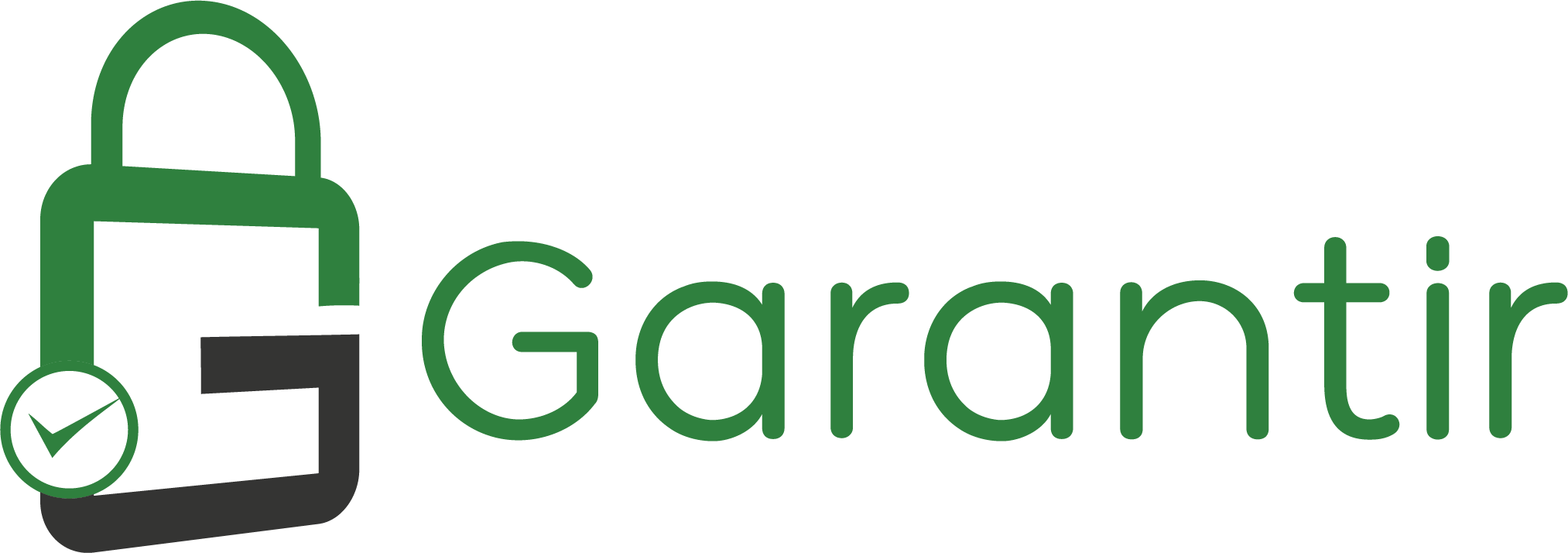50% of Organizations Will Manage Hybrid Cloud Energy Consumption with Sustainability Monitoring ...
Fifty percent of organizations will adopt sustainability-enabled
monitoring by 2026, to manage energy consumption and carbon footprint metrics
for their hybrid cloud environments, according to Gartner, Inc.
This is in response to pressure from investors, customers, regulators
and governments, which is forcing organizations to adopt carbon neutrality and
net zero goals by 2030.
“Organizations have strong carbon reduction goals to achieve and expect
their infrastructure and operations (I&O) teams to launch sustainability initiatives
that align their current IT carbon footprint with corporate goals,” said Padraig Byrne, VP Analyst at Gartner.
According to Gartner, the reporting of activities, energy usage, water
efficiency and greenhouse gas (GHG) emissions in cloud and data centers will
become new areas of IT management, resulting in new IT operating models
(GreenOps) that will require new processes, capabilities and tools.
“I&O leaders and managed service providers will demand monitoring,
analytical and generative AI services
from software and cloud vendors to manage and optimize CO2e emissions and power
consumption for reporting and IT management purposes,” said Byrne.
To satisfy this demand, monitoring vendors will evolve their portfolio
of products and will enable new capabilities to track CO2e and power
consumption across different IT layers – data center, hardware, middleware and
applications. According to Gartner, this will provide analytical capabilities
and insights to optimize every type of workload.
Current Adoption Challenges
There are a number of adoption challenges for sustainability-enabled
monitoring. Organizations that currently manage sustainability metrics use
historic data and little to no real-time information, which can impact some
real-time business decisions.
“Most relevant metrics aligned to net zero carbon are based on CO2e
emissions and power consumption,” said Byrne. “However, IT organizations don’t
currently have the capability to gather this information directly. Some request
it from their IT providers, but the quality and granularity of information at
the data center and cloud account level
aren’t accurate enough to rely on for good management decisions.”
Gartner analysts said there are a few processes and
monitoring/observability tools specialized in the tracking of CO2e and power
metrics at different IT levels (hardware, middleware, application, data center,
cloud, etc). However, this makes it difficult for I&O leaders to determine
whether their environmental sustainability initiatives will succeed.
Current monitoring tools that address some of the sustainability metrics
are mainly focused on on-premises environments, which makes it challenging to
address these goals in current hybrid IT environments.
Journey to Net Zero
To overcome these challenges, Gartner recommends organizations adopt
GreenOps or sustainability practices to start building the operating model that
will help achieve carbon-neutral goals. Sustainability telemetry must also be
collected and managed from their cloud providers, just as health performance
and consumption cost telemetry are managed.
“This may not need to be acted on as urgently now, but treating those
signals with equal importance positions organizations to benefit from real-time
GHG emissions and power consumption optimization when the capability becomes
available,” said Byrne.
Gartner recommends I&O leaders explore and evaluate monitoring
providers across a new set of metrics related to power consumption, power
efficiency and CO2e emissions for IT infrastructures and verify their
capabilities are valid for hybrid IT environments.






























Leave A Comment